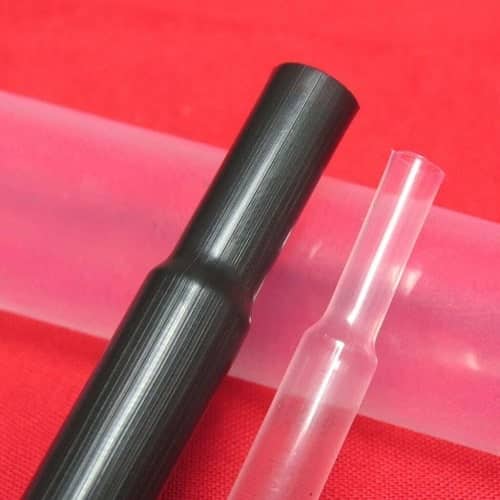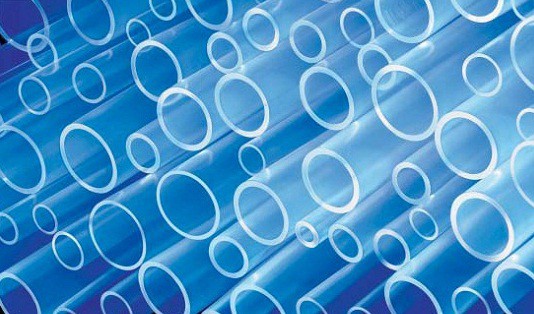
The demand for PTFE tubing is growing, mainly because it is so versatile that it can be used in almost every industry imaginable. From medical devices to electrical wiring tubing to piping, the list of applications for thick and thin wall PTFE tubing is impressive and expanding! Here is why and how it is used.
Reasons Why PTFE Tubing Is So Popular
Heat Resistant: Some PTFE tubing can withstand regular exposure to plus 500 degrees Fahrenheit temperatures. Almost all PTFE tubing thin wall is highly resistant to heat. This makes it ideal for applications where exposure to hot liquids is routine. Additionally, its resistance is not countered by it becoming brittle when not exposed to heat, which means maintenance costs in high heat applications is minimal. The heat range it can be exposed to is approximate -450 degrees to 500 degrees Fahrenheit, making it easily the most diverse tubing in regard to temperature on the market. That diversity makes it popular across applications and industries.
Corrosion Resistant: A thin wall PTFE tube is mostly inert when exposed to other chemicals. This means that there are almost no adverse reactions when exposed to a wide variety of harsh chemicals and acids. Additionally, it is impermeable, which means it is water and air tight, even in areas that are subjected to high heat or harsh substances. These two factors in regard to durability and resiliency make it ideal for the transport of chemicals. It also adds to the safety quotient of anything it is transporting as the only way it will leak is if it is physically punctured as opposed to being eaten or worn away by a corrosive element.
Extremely Low Friction Coefficient: Light wall PTFE tubing has a very low friction coefficient (0.1,) which makes it ideal for applications where friction can be dangerous or painful. Two examples are catheters and snares. The low friction ratio makes using both much easier than with a substance with a higher friction coefficient. In fact, smooth bore thin wall PTFE tubing has the lowest friction coefficient of any known solid materials.
Applications
PTFE tubing comes in three main categories:
- Pressure Hose
- Spaghetti Tubing
- Pipe Liner
Its wall thickness and tube diameter determine the type.
Within each category, PTFE is further classified:
Split: This consists of a ridge that permits splitting longitudinally. It is used by medical personnel internationally to extract PTFE introducers from patient bodies without dislocating the primary device.
Heat Shrunk: Tubing of this sort is very thin, and it decreases or shrinks when exposed to hot air. This allows for air and watertight fit. It makes it ideal for securing small and thin components like wire.
Filled: With this application, the tubing is infused with chemical additives that give off radioactive properties. That makes it visible in X-rays and where anti-static properties are required.
Multi-Lumen: Tubing applications of this type have a number of smaller tubes in a single interior. Each layer contains a unique fluid or wire. These types of applications are common in the medical industry.
In many ways, PTFE tubing has reinvented certain types of manufacturing. It is used in the science and medicine fields, medical device industry, with electrical wire producers and automobile manufacturers. Best of all, it seems new applications are being discovered all the time. For more information on PTFE tubing and whether it is right for your manufacturing needs, check out Tef-Cap.

